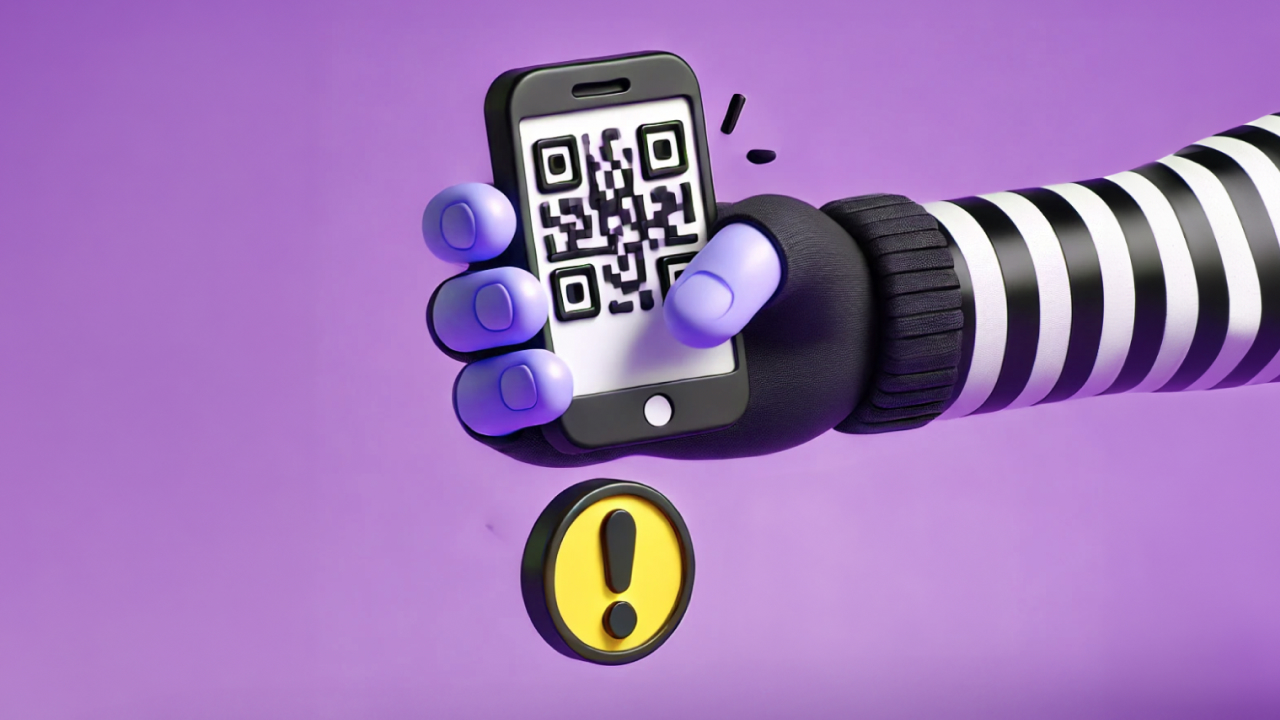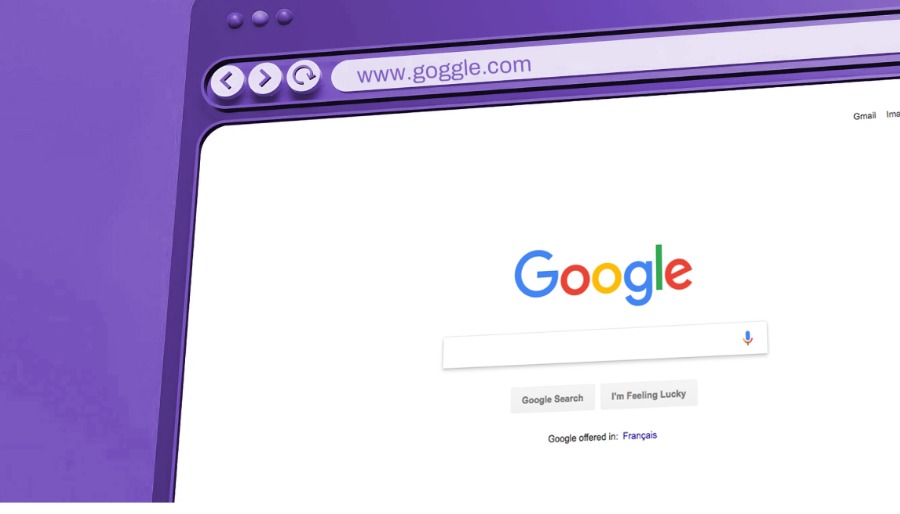By Patricia A. Pramono • Studio 1080, Published on August 26, 2024
TABLE OF CONTENTS
The use of QR codes has become second nature now with the rise of online and hassle-free payment and information gathering. From payment systems to marketing campaigns, QR codes offer a convenient way to bridge physical and digital interactions. However, this convenience comes with a significant risk—quishing, a sophisticated form of phishing that utilizes malicious QR codes to trick individuals into exposing sensitive information or downloading malware. Businesses are particularly vulnerable as cybercriminals exploit QR codes to infiltrate corporate systems, target employees, and compromise data. This article delves into how quishing attacks are orchestrated and what businesses can do to protect themselves.
Compromised QR Codes in Payment Systems
As contactless payments grow in popularity, so do the risks associated with them. Attackers can replace legitimate QR codes used in payment systems with malicious ones. For instance, a customer scanning a QR code at a restaurant to settle their bill might unwittingly be redirected to a fraudulent website designed to capture their financial details. These compromised QR codes can result in unauthorized transactions, financial loss, and a breach of trust between businesses and their customers.
QR Codes in Marketing Materials
Businesses often utilize QR codes in marketing campaigns to drive traffic to websites, promotional offers, or digital content. However, attackers can swap these legitimate codes with malicious ones. An unsuspecting user scanning a QR code on a billboard or flyer might be directed to a phishing website instead of the intended promotion. This tactic is particularly dangerous because it takes advantage of the user’s assumption that the QR code is trustworthy due to the brand association. In reality, the user may be providing their credentials or other sensitive information to cybercriminals.
Social Engineering Attacks on Employees
Quishing can also infiltrate businesses through social engineering tactics aimed at employees. For example, attackers may place malicious QR codes in common areas within corporate offices—such as bulletin boards, shared documents, or even emails. An employee scanning what appears to be a harmless QR code could end up downloading malware that compromises the organization’s network. These attacks often target employees with administrative privileges, making them especially devastating as attackers can gain access to critical systems and data.
Compromised QR Codes in Internal Communications
Internal communication systems are not immune to quishing attacks. Cybercriminals can embed malicious QR codes in emails or digital documents that appear to be legitimate internal communications. An unsuspecting employee scanning the code might unknowingly give attackers access to internal networks or confidential data. This scenario can lead to data breaches, financial fraud, or even the deployment of ransomware, holding an organization’s critical information hostage.
Attack Mechanisms and Impact for Each Scenario
-
Spoofing Legitimate QR Codes: Attackers create counterfeit QR codes that mimic legitimate ones, often placing them in environments where victims expect to encounter trusted codes (e.g., office materials, advertisements). The fraudulent codes redirect users to phishing websites that collect sensitive data or install malware.
-
Urgency and Opportunity Manipulation: Attackers exploit a sense of urgency, convincing victims to scan QR codes under time pressure, such as a need to quickly resolve a parking payment or update account security.
-
Fake Websites and Transactional Processes: Quishing attacks often redirect victims to websites that appear identical to legitimate portals, where they are tricked into providing login credentials, banking details, or other personal information. Once captured, this data can be used for identity theft, financial fraud, or unauthorized system access.
-
Internal Network Compromise: By embedding malicious QR codes in internal communications, attackers can breach company networks, leading to data theft, lateral movement within systems, and potentially large-scale data breaches.
Preventive Actions Against Quishing
Businesses and employees can take several proactive steps to prevent these attacks from succeeding, such as:
-
Employee Awareness and Training:
The first line of defense against quishing is awareness. Employees should be trained to recognize the risks associated with scanning QR codes. They should be encouraged to verify the source of any QR code before scanning it, especially if the code appears in unexpected places like emails, shared documents, or office materials. Regular cybersecurity training sessions can help employees stay informed about the latest phishing tactics and how to avoid them. -
Verify the Origin of QR Codes:
Before scanning a QR code, users should confirm its legitimacy. Businesses can implement procedures where employees are required to verify that QR codes in internal communications or on-site materials come from trusted sources. For instance, QR codes should only be distributed through official channels, and any unexpected or unusual codes should be reported to the security team. -
Secure QR Code Creation and Management:
Businesses should carefully manage the creation and distribution of their own QR codes. This includes securing the platforms used to generate QR codes and monitoring where these codes are placed. Ensure that any public-facing QR codes are tamper-proof, for example, by using physical security measures (like anti-tamper stickers) or digital monitoring systems to alert staff if a QR code has been altered. -
Mobile Device Security:
Since quishing often targets mobile devices, it's crucial to enforce strong mobile security protocols. Employees should be encouraged to use antivirus software and avoid downloading apps from unverified sources, as these can harbor malicious software that interacts with malicious QR codes. -
Advanced Email Filtering and Scanning:
Implementing advanced email security solutions that can scan QR codes within the body of an email and verify their destinations can significantly reduce the risk of phishing. These solutions can block or warn users when an email contains suspicious or malicious QR codes. -
Double-Check Before Transactions:
Encourage users to always double-check the URL they are directed to after scanning a QR code, particularly for payment systems. Look out for small discrepancies in URLs, like slight misspellings, which could indicate a phishing attempt.
However, Security Operations Center Is the Key Solution
To comprehensively mitigate the risk of quishing, organizations need robust security measures, like Security Operations Centers (SOC). SOC integrates advanced threat intelligence and real-time monitoring to detect and neutralize quishing attempts before they cause damage. With our next-generation SOC, our AI-enhanced capabilities continuously analyze network traffic, identify suspicious activities, and prevent malicious QR codes from compromising your business operations.
Also read: Staying Ahead of Threats with 24/7 SOC Proactive Monitoring
From Alert to Resolution: Inside the Incident Response Lifecycle of Cisometric's Managed SOC Service
References:
Quishing: The Invisible Threat in QR Code Technology
What is a QR Phishing (Quishing) Attack?
Quishing (QR Code Phishing): How it Works, Attack Examples, and 4 Defensive Measures






